Did you get a short break at Christmas? Even if it was just a few days, that break can give you a clear mind about where to take your business this year.
We call this the January Refresh & Refocus.
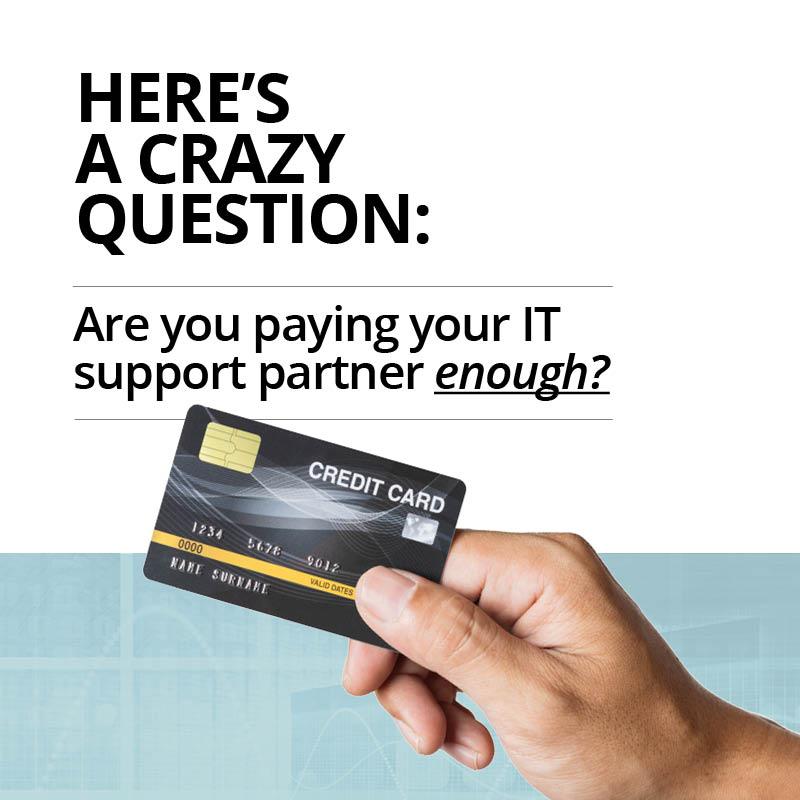
Did you get a short break at Christmas? Even if it was just a few days, that break can give you a clear mind about where to take your business this year.
We call this the January Refresh & Refocus.

There’s a cyber-crime called phishing.
It’s a major pain.

While most Microsoft 365 apps serve a particular purpose, tools like Microsoft 365 Groups, Yammer, and Microsoft Teams can all be used for office communication and collaboration. However, there are a few small differences among these three tools. Read on to learn more.
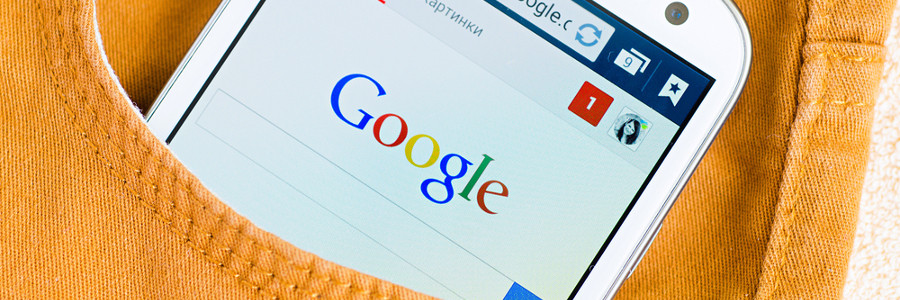
In 2008, Google introduced Chrome web browser, and it quickly became widely popular because of its remarkable speed and user-friendliness. However, it can become sluggish over time, especially if you’ve installed extras such as extensions and other add-ons.

Power outages can happen anytime and for a number of reasons, including accidents and natural disasters such as fires and hurricanes. While there’s little your business can do to prevent a power outage, you can mitigate its impacts on your operations by deploying an uninterrupted power supply (UPS) for your computers and networking equipment.
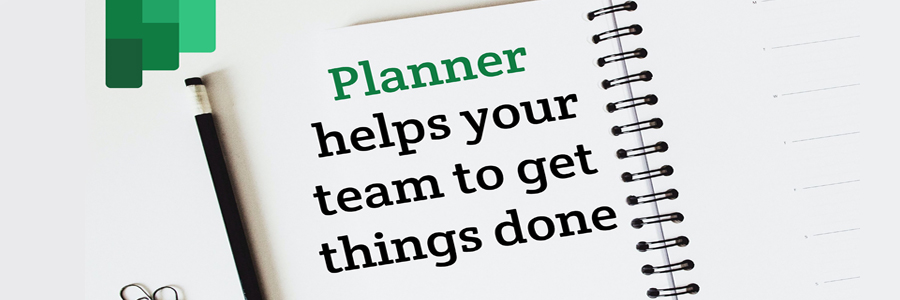
If your team is based in lots of different locations, managing projects effectively can be a headache.
Not if you’re using Microsoft Planner. It’s a powerful tool, and integrates perfectly with the Microsoft 365 apps you already love.
Let’s explore many of the benefits.
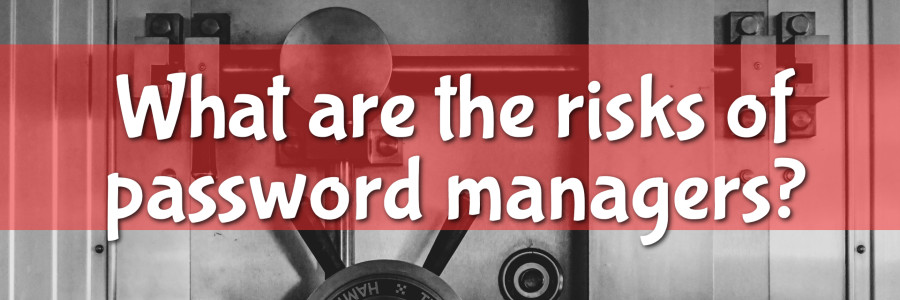
Have a guess how many passwords the average person needs to remember…
It’s an astonishing EIGHTY passwords! It’s just not realistic asking someone to remember that many, is it?
That’s why we recommend you use a password manager. Our new video explains what that is, and what the risks are.
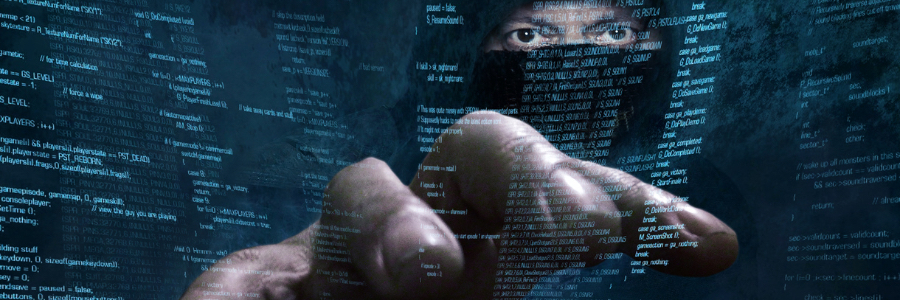
Business leaders invest a lot of time and resources into cybersecurity because they understand that protecting sensitive data is a necessity in the digital age. One business component that often gets overlooked are business printers. They are also vulnerable to cyberattacks, so make sure to follow these tips to ensure your company stays protected.
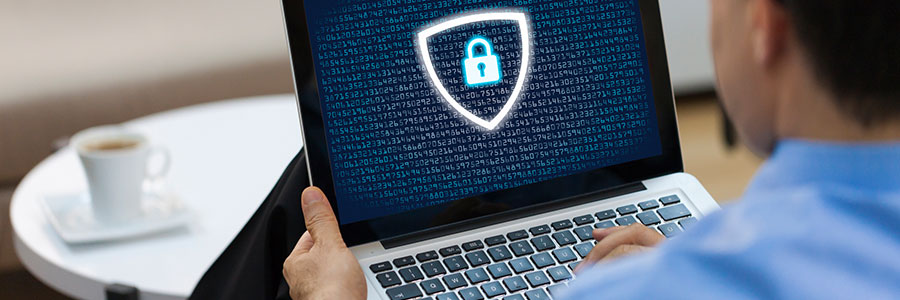
There’s a common misconception that Apple computers can’t get infected with malware. The truth is Macs are resistant to most Windows-based bugs and malicious codes but they aren’t invulnerable. Here are some threats that can compromise your Mac and how to tell that you’ve been infected.